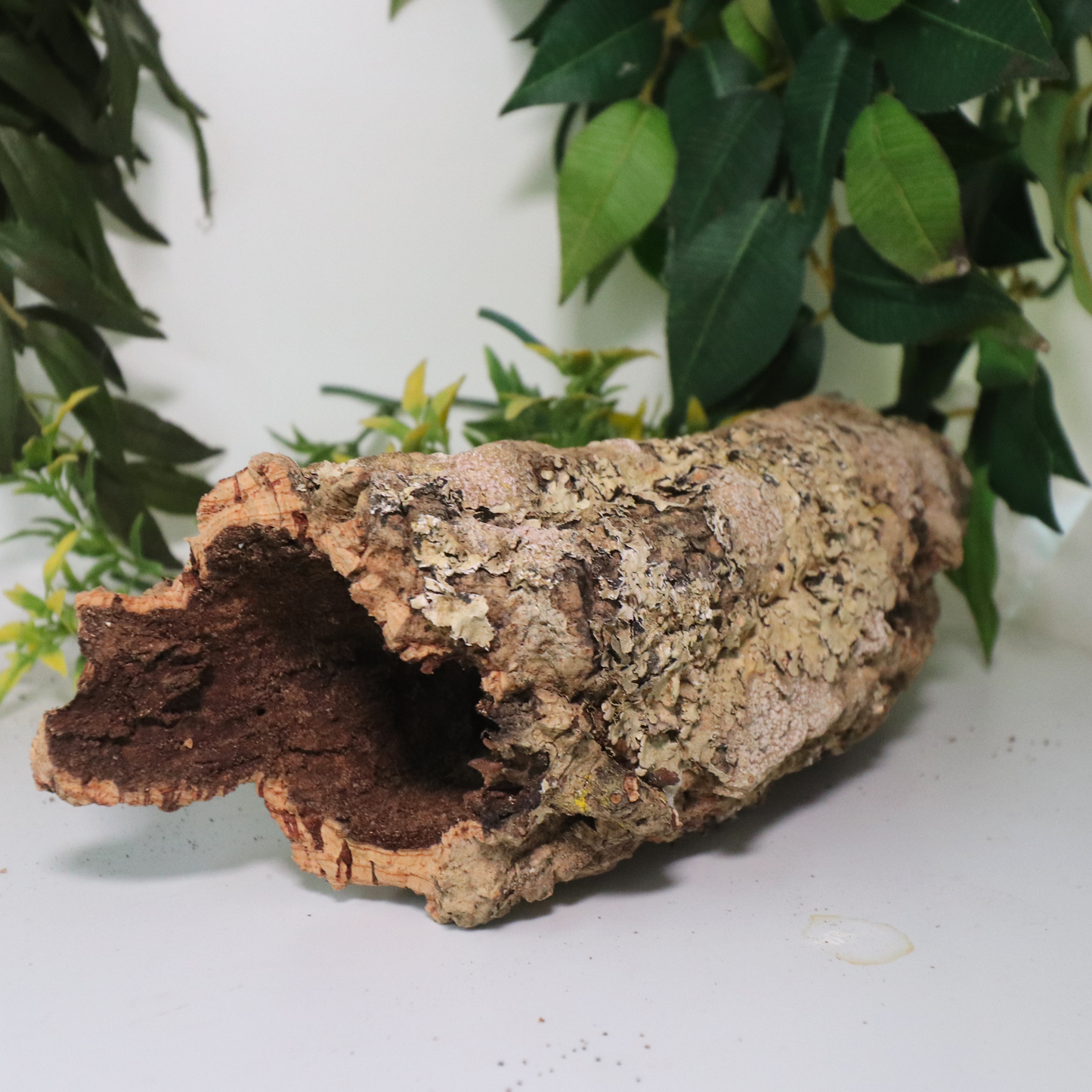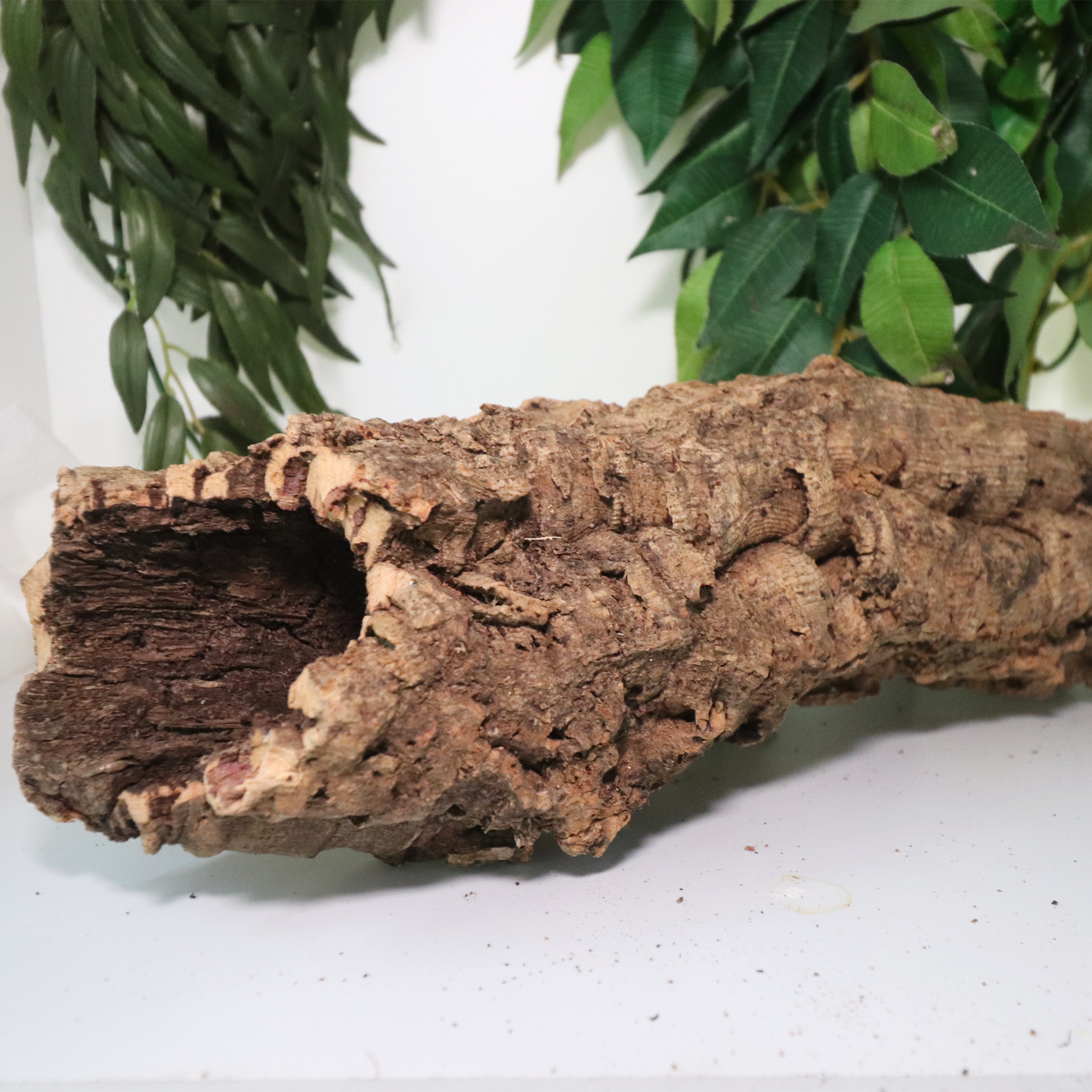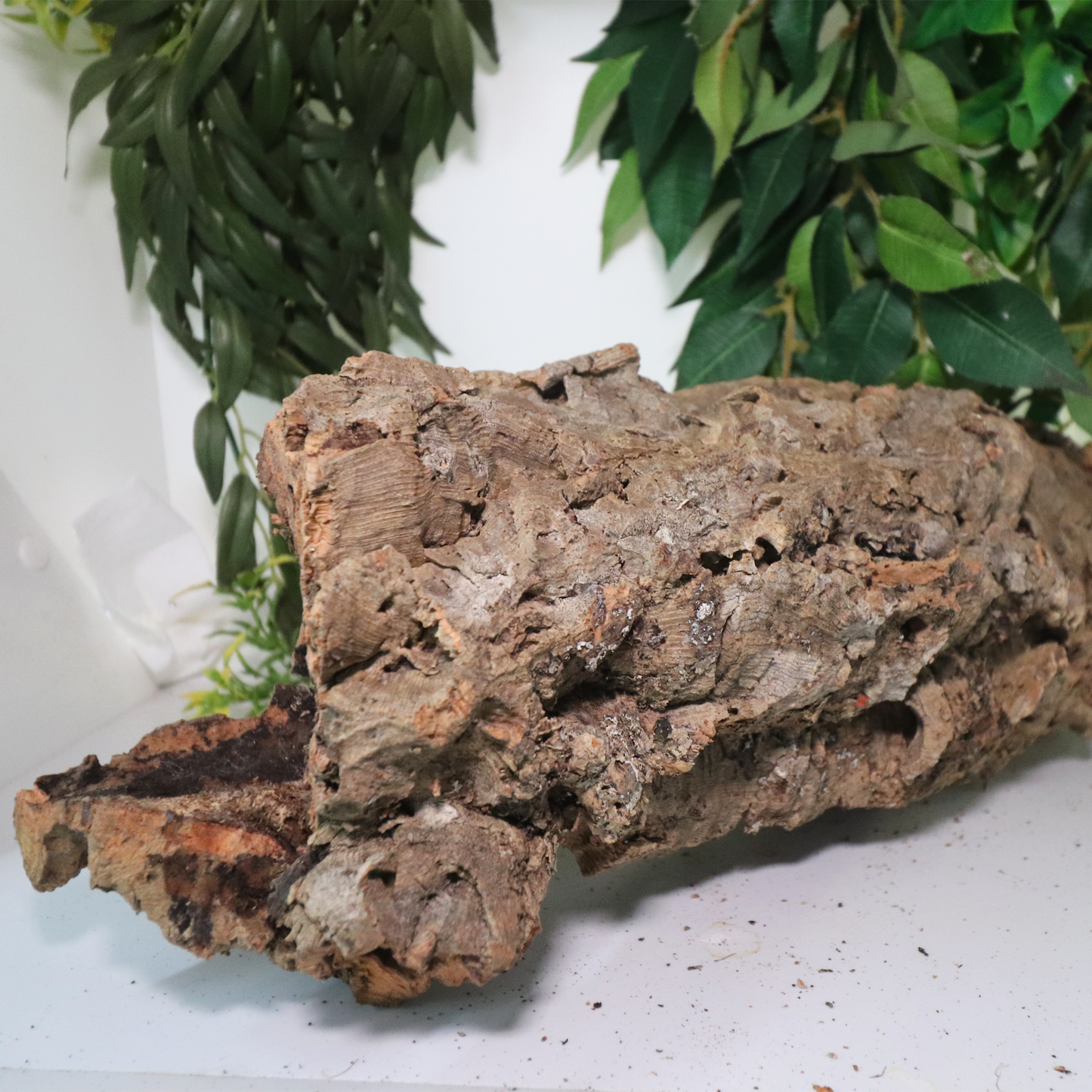Dakotah Blue Exotics
Cork Rounds
Cork Rounds
Couldn't load pickup availability
SIZE CHART
Small Size 4-7in
medium size 8-12in
large size 12-18in
extra large 18+in
Cork rounds are circular pieces of natural cork that are often used in bioactive enclosures, particularly for reptiles, amphibians, and other small animals. These rounds are typically made from sustainably sourced cork oak bark, which is lightweight, durable, and porous. In bioactive setups, cork rounds serve several vital purposes:
-
Hide and Shelter: Cork rounds provide hiding spots, giving animals a sense of security and privacy, which is essential for reducing stress and promoting natural behaviors. The textured surface of cork also mimics the natural environments of many species, making it an excellent addition to enclosures that simulate a natural habitat.
-
Climbing and Exploration: The natural curvature and structure of cork rounds make them perfect for climbing animals, such as frogs, lizards, and snakes. They can be placed vertically or horizontally to create climbing routes or platforms, adding layers to the enclosure and encouraging natural exploration.
-
Moisture Regulation: Cork is hygroscopic, meaning it can absorb and release moisture. This makes it a valuable tool in maintaining a stable humidity level within a bioactive enclosure, helping to create a more comfortable environment for species that thrive in humid conditions.
-
Aesthetic Appeal: The organic look of cork rounds adds a natural, rustic element to the enclosure's appearance. Its neutral color complements various substrates and plants, enhancing the overall visual appeal of a bioactive setup.
-
Fostering Microfauna: In a bioactive system, cork rounds can serve as a surface where beneficial microfauna like isopods, springtails, and other decomposers can thrive. These creatures contribute to the breakdown of organic matter, aiding in waste management and maintaining a healthy ecosystem within the enclosure.
Overall, cork rounds are a versatile, eco-friendly addition to bioactive enclosures, providing shelter, climbing opportunities, humidity regulation, and a natural aesthetic while supporting a healthy, self-sustaining habitat.
Share





